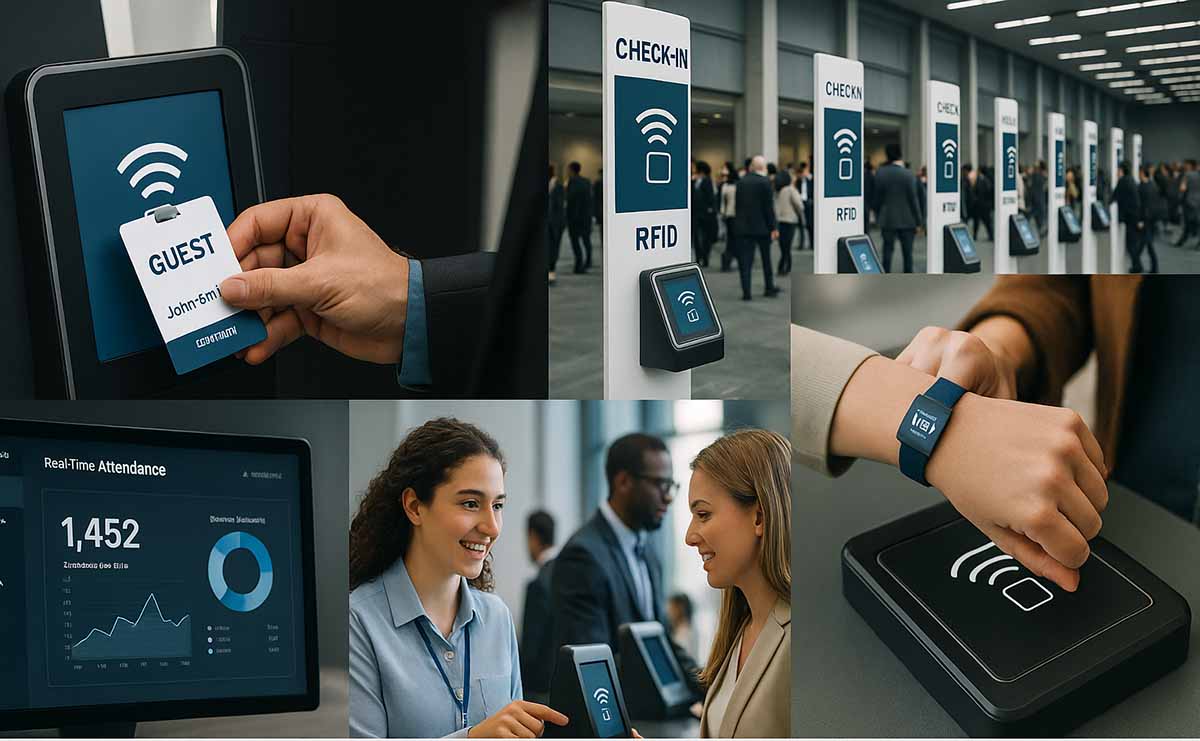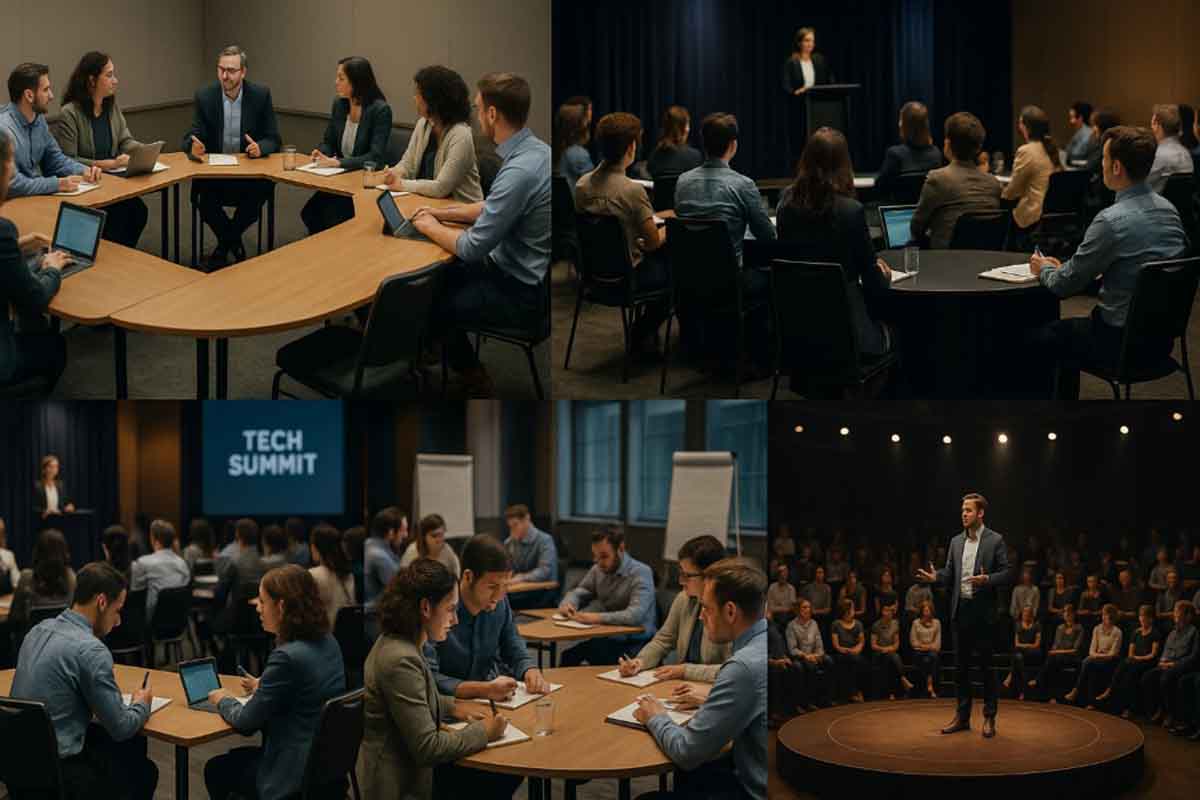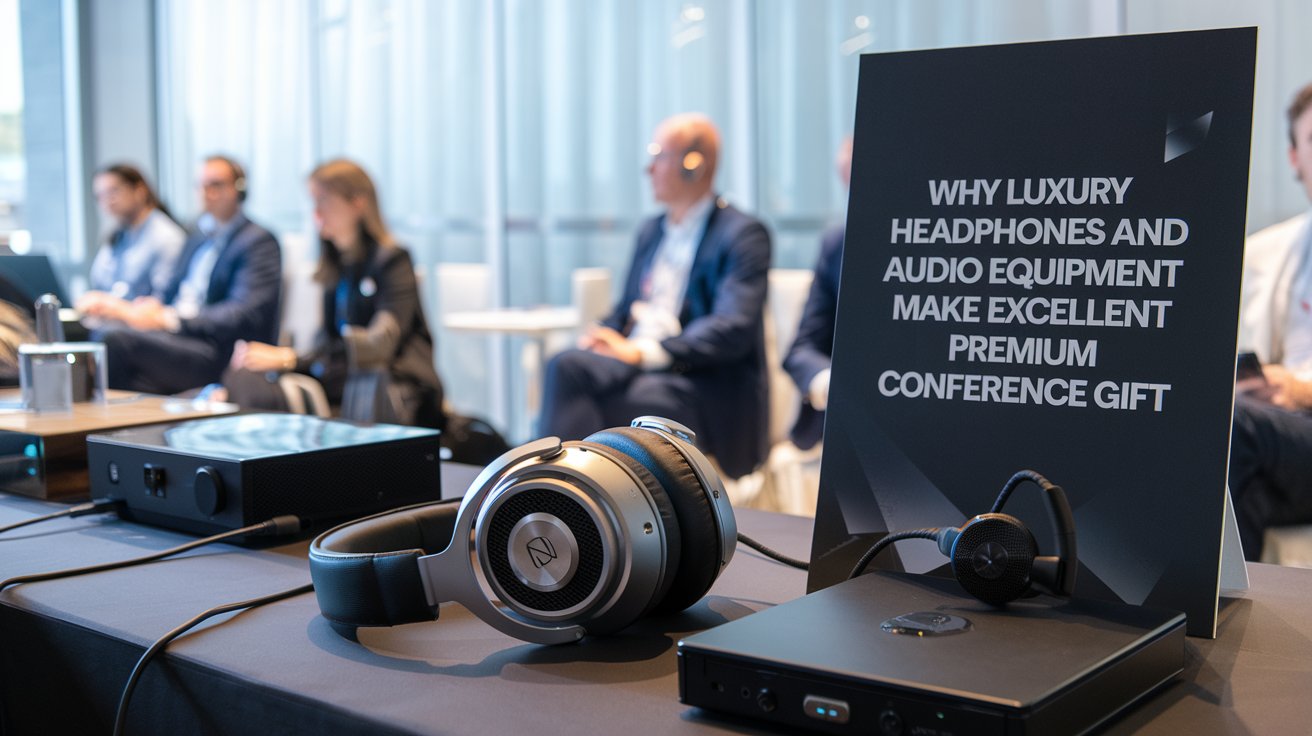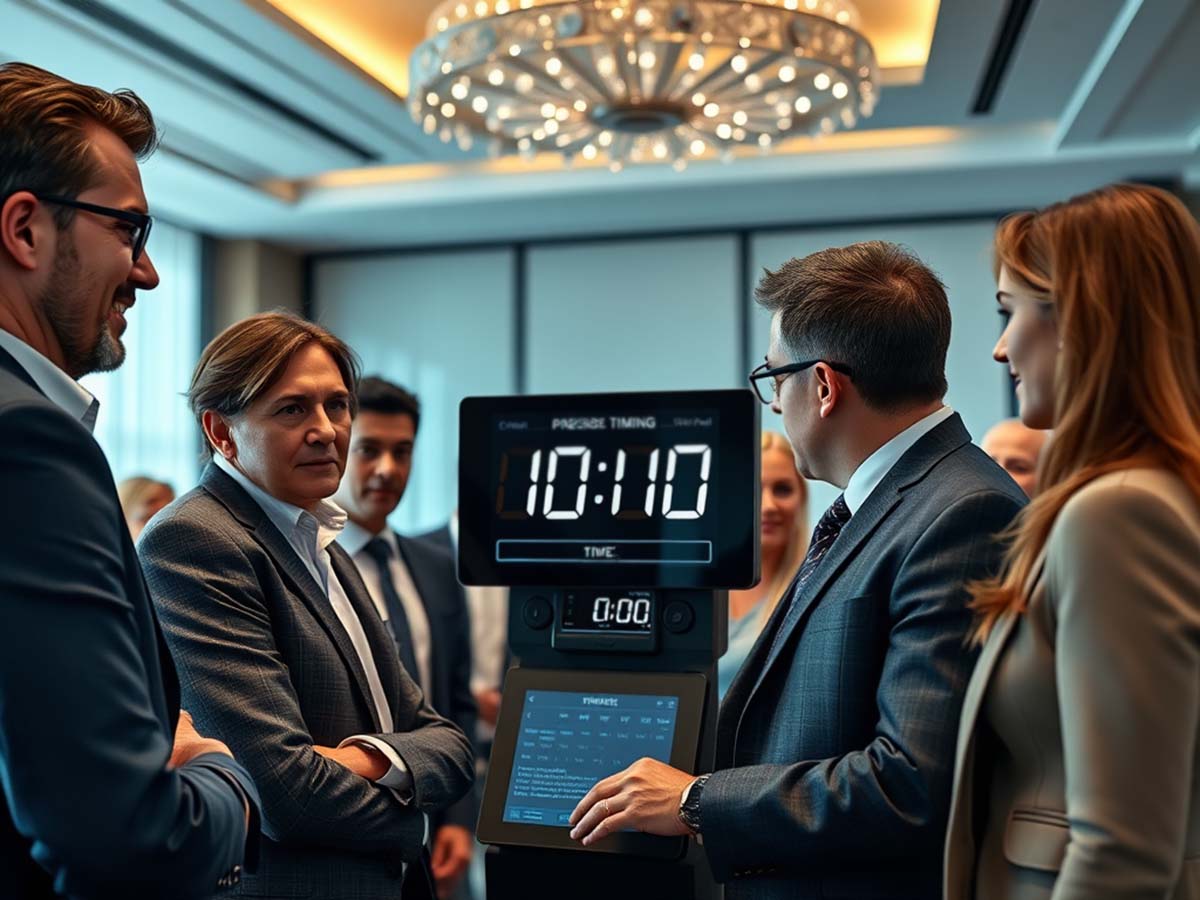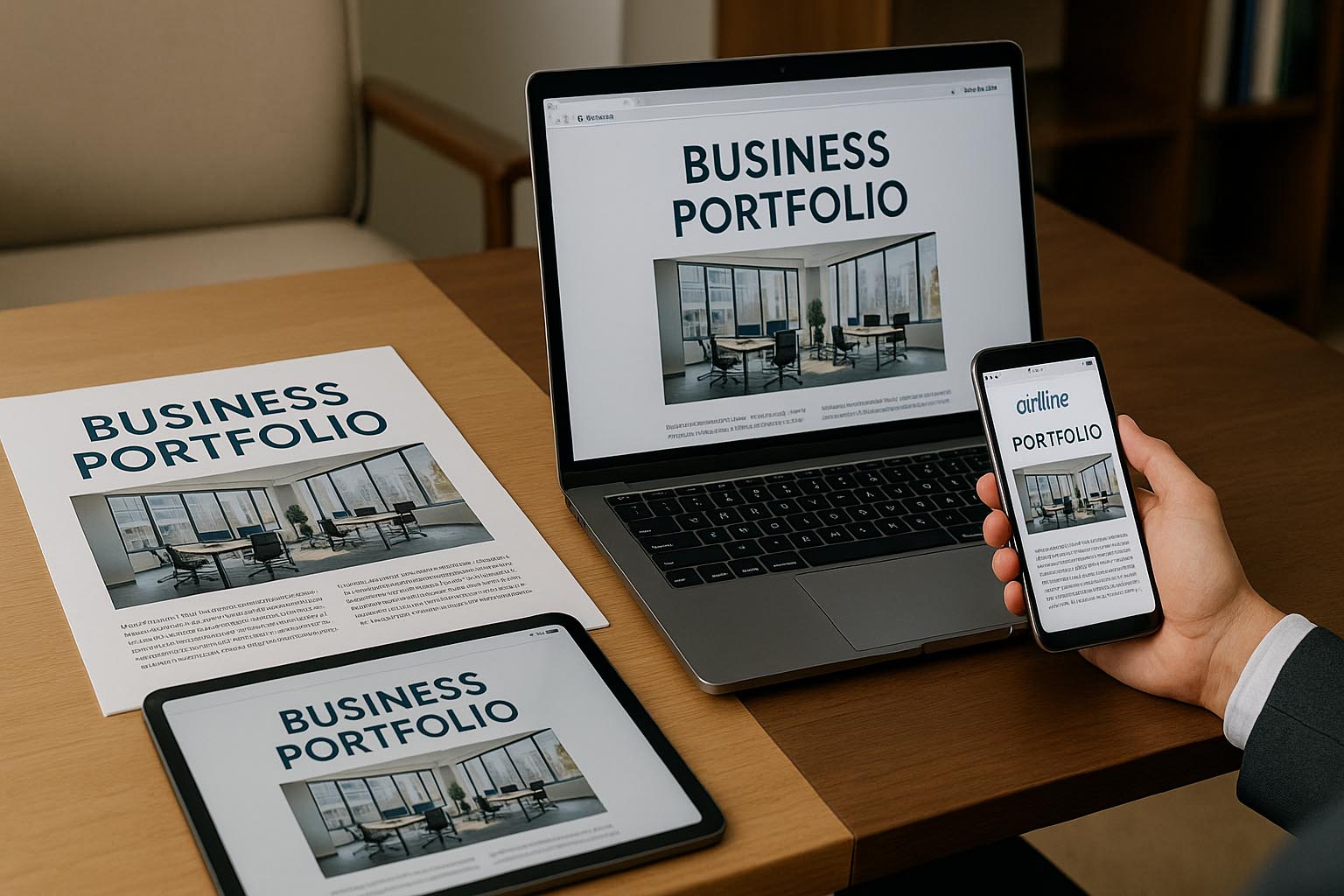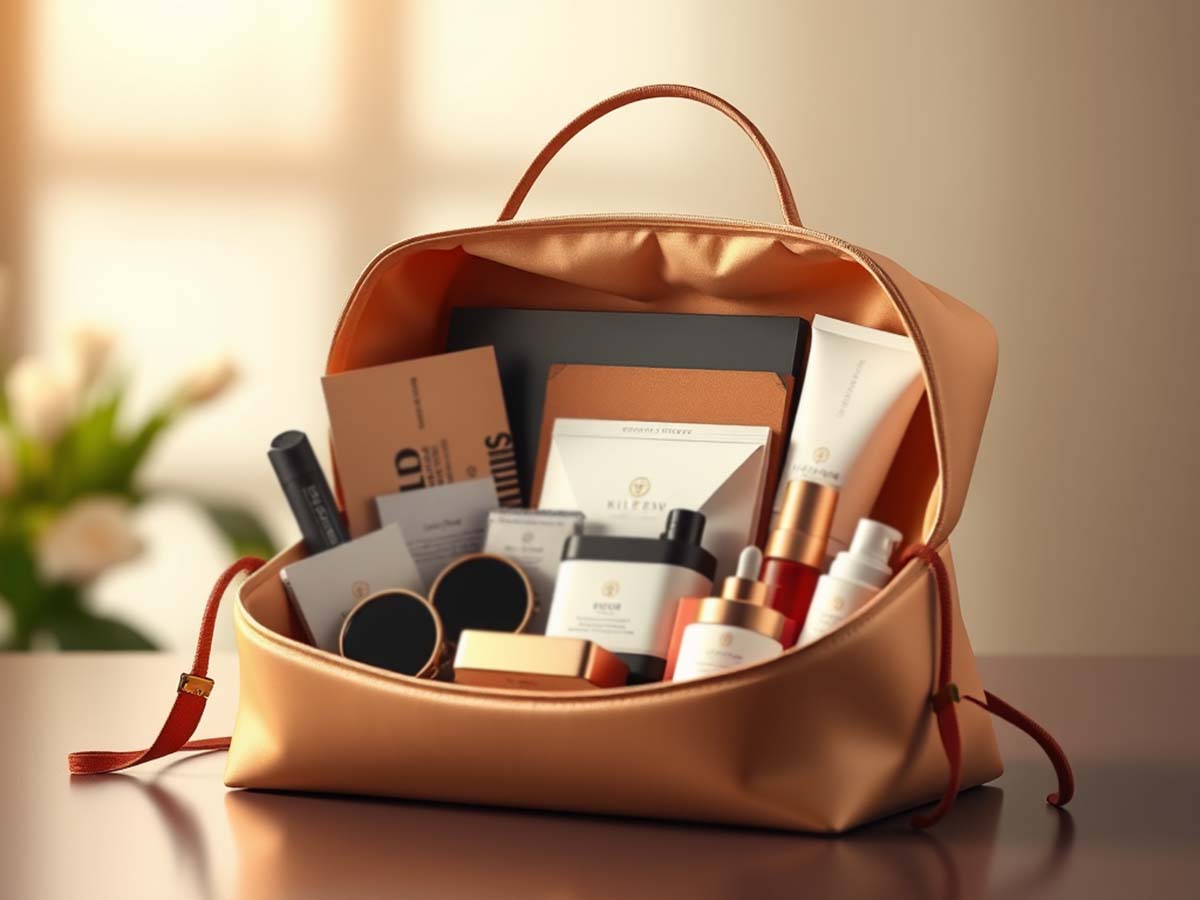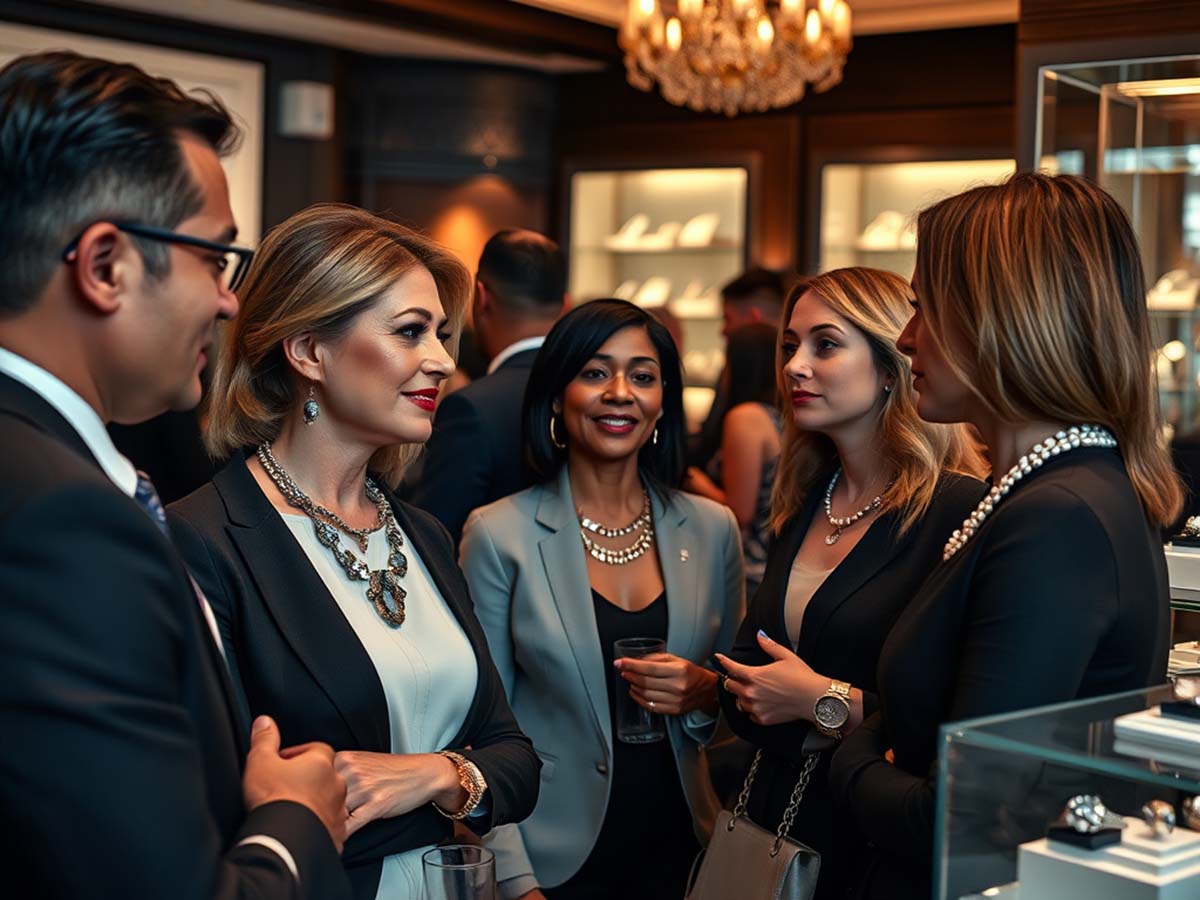How to Foster Meaningful Networking Opportunities
Building Genuine Professional Connections for Long-Term Growth
Creating strong professional relationships has lasting value. It goes beyond exchanging business cards or adding contacts on a platform. Real networking is rooted in trust, willingness to help, and shared growth, emphasizing the importance of meaningful event networking. In many industries across the world, opportunities appear quickly and fade just as fast. Having meaningful relationships can guide you toward new ideas, collaborative projects, and personal development. It supports career progress and helps shape a wider positive impact in your field.
Quick Overview:
- Networking is most valuable when driven by sincerity and mutual benefit.
- Preparation and curiosity create stronger conversations.
- Giving before asking establishes trust.
- Digital platforms can build connections across borders when used purposefully.
- Maintaining relationships matters as much as forming them.
The ideas discussed here aim to help you form professional connections that last and contribute to long-term personal and career growth.
The Lasting Value of a Strong Network
A network is not only defined by who you know. It also reflects who recognizes your strengths and what you bring to the relationship. In many global industries, professionals rely on shared knowledge and collaboration. A network becomes a support system, a place where opportunities circulate, and new ideas form. This vital aspect of professional life is often significantly enhanced at well-organized events, as detailed in guides for maximizing conference impact.
Solid relationships can open doors that are not publicly advertised. Examples include project invitations, job referrals, research partnerships, or mentorship. These relationships encourage continuous learning. You gain new perspectives from individuals with different backgrounds, cultures, and areas of expertise. This diversity strengthens your ability to adapt in different work scenarios. People who invest time in building meaningful connections often experience steady advancement in their careers. Their network becomes a resource that grows with them. This career trajectory often benefits from presenting a polished image, understanding the role of designer accessories at professional gatherings.
Preparing for Meaningful Interaction
Before attending any professional event or reaching out to someone, preparation matters. This does not require memorized speeches. It simply means knowing your purpose and having some background knowledge.
Identify who you wish to connect with and why. Many global conferences or professional gatherings publish lists of attendees or speakers ahead of time. Reviewing these details allows you to approach conversations thoughtfully.
Research can also help you understand the interests of the person you hope to connect with. For example, if a speaker recently released a report or joined a new project, mentioning it in conversation shows genuine interest.
Creating a brief personal introduction can help, especially in busy environments. Rather than sounding rehearsed, think of it as a friendly and confident way to describe what you do.
For instance:
Instead of saying:
“I am a consultant helping companies increase profit.”
You might say:
“I help businesses connect better with their customers through thoughtful communication strategies.”
This approach is warm and more likely to lead to a deeper exchange.
Sincerity as the Foundation of Every Interaction
The most meaningful networking happens when you show real interest in others. Begin conversations with curiosity. Use questions that encourage open storytelling rather than short responses.
Examples include:
“What recent project has been most rewarding for you?”
“How did you start working in your field?”
These questions bring out personal experiences and foster emotional connection.
Active listening is equally important. Instead of preparing your next comment while the other person is speaking, give your full attention. Notice tone, pacing, and expression. Respond based on what you truly heard.
When you listen well, you naturally find shared interests or opportunities to offer help.
If someone mentions a challenge and you know a resource that could assist them, share it. Even a small gesture can make a strong impression.
Giving Value Before Requesting Anything in Return
One of the most effective ways to establish trust is to give first. Rather than thinking of what you might gain, focus on how you can support others.
This does not have to be grand or complicated. It can be as simple as:
- Introducing two people who may benefit from knowing each other
- Sharing helpful articles or research
- Providing feedback when asked
- Offering expertise on a topic you know well
For example, if you meet a professional working on software design and you know a colleague skilled in user interface testing, introducing them could benefit them both. You become remembered as someone thoughtful and resourceful.
This habit strengthens your credibility. People are more willing to help someone who has demonstrated generosity without expecting immediate returns.
Using Digital Platforms for Global Professional Growth
Digital platforms have changed the scale at which networking can happen. Many professionals now form meaningful relationships with individuals across countries and industries.
LinkedIn, for instance, allows you to connect with leaders, researchers, and specialists worldwide. Yet, connection requests alone do not create a relationship. Participation does. Engaging with posts, leaving thoughtful comments, or sharing relevant content helps build presence and rapport.
Online communities also provide valuable networking spaces. Fields such as design, engineering, medicine, and education have active global forums and discussion groups. Joining discussions allows you to contribute and learn. Over time, others come to recognize your voice and your expertise.
Virtual conferences, webinars, and career networking events have become common as well. Many events now include digital breakout sessions where people can speak in smaller groups. These spaces are ideal for forming first connections.
By engaging consistently, you build familiarity. Familiarity leads to trust, and trust leads to collaboration.
Nurturing Relationships Over Time
Building a connection is only the first step. Keeping the relationship alive is what transforms it into long-term support.
Stay in touch even when you don’t need anything. A short message, a shared article, or recognition of a professional milestone shows care and awareness.
For example, if you learn about a new development in a technology someone expressed interest in, send them a thoughtful note. It demonstrates that the conversation was meaningful to you.
Small, regular communication is often more effective than infrequent, large efforts. Think of it as maintaining presence, not pressure.
Remembering personal details also strengthens trust. Interests, achievements, even challenges—acknowledging these aspects shows genuine respect.
Facing Challenges in Networking
Some people find networking intimidating, especially in large gatherings. Starting small is perfectly acceptable. Instead of trying to meet everyone, choose one or two meaningful conversations. It helps to approach networking not as self-promotion, but as learning and connection. This shift reduces anxiety and encourages authenticity, highlighting the importance of effective communication skills in building rapport. Time management can also be difficult. You do not need to join every event or reply to every thread. Choose what aligns with your goals and energy. Consistency matters more than quantity.
Networking is not a quick task. It develops step-by-step. Each interaction contributes to your growth.
The Value of Relationships That Last
Creating meaningful professional relationships is both thoughtful and rewarding. It involves curiosity, generosity, and patience. When we build networks rooted in sincerity, we support not only our own progress but also contribute positively to others.
Through shared knowledge and collaboration, we take part in shaping a supportive global community of professionals helping one another toward growth and success.



